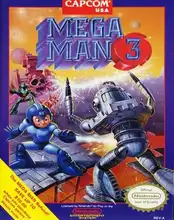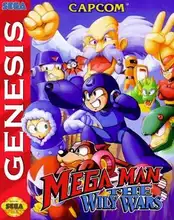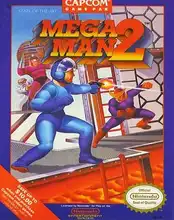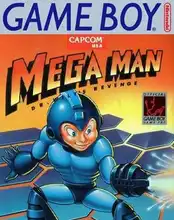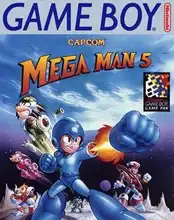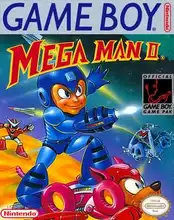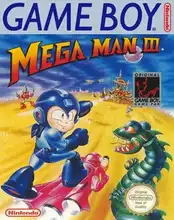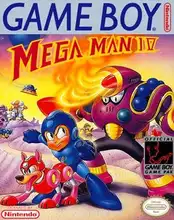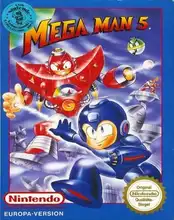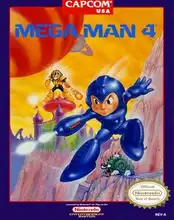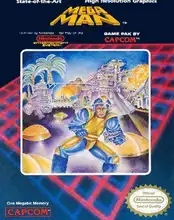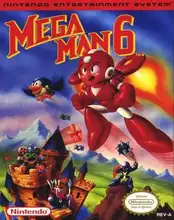Few series hold the same blend of fond memories and controller-throwing frustration quite like the Mega Man games. For many retro gamers, the Blue Bomber was a staple of their childhood, a pixelated hero facing off against an endless parade of quirky Robot Masters. But what is it about this franchise that has kept it relevant for decades, spawning countless sequels and spin-offs?
Let's take a trip down memory lane and revisit the core appeal of the Mega Man universe.
Why Mega Man Captured Our Hearts (and Tested Our Patience)
Thinking back to the early NES days, Mega Man stood out. It wasn't just the vibrant sprites or the infectious chip-tune soundtracks – it was the challenge.
- Brutal Difficulty: These games didn't hold your hand. Spikes were instant death, enemies were placed strategically (often annoyingly so), and boss patterns required precision and timing. Beating a Mega Man game felt like a genuine accomplishment.
- Weapon Stealing Mechanic: A stroke of genius! Defeating a Robot Master didn't just clear a stage; it granted you their unique weapon. Discovering which weapon exploited the next boss's weakness was a core part of the strategy and replayability.
- Iconic Music: From the moment you selected a stage, the music grabbed you. Each track was distinct, memorable, and perfectly matched the level's theme. Many stage themes are instantly recognizable to fans even today.
- Memorable Characters: Beyond Mega Man himself, the supporting cast like Roll, Dr. Light, Dr. Wily, and later, Zero and Axl in the X series, added depth and personality to the world. And the Robot Masters? Pure imagination, each with their own look, personality, and battle style.
A Journey Through the Eras
While the franchise exploded into numerous timelines and genres, the heart for many retro fans lies in two main series: Classic Mega Man and the Mega Man X Series.
The Classic Mega Man
Starting on the Nintendo Entertainment System, this is where it all began. Simple, pure platforming and shooting action against Dr. Wily's latest creations. Games like Mega Man 2, Mega Man 3, and Mega Man 9 (a deliberate return to the 8-bit style) are often cited as highlights. These games defined the core loop: select a stage, brave the platforming, defeat the boss, get their power, repeat.
The Mega Man X Series
Jumping forward to the Super Nintendo era, the Mega Man X series introduced a darker, more mature tone, enhanced graphics, new abilities like wall-kicking and dashing, and the unforgettable character Zero. Mega Man X and X4 are fan favorites, offering faster-paced action and more complex level design while retaining the core weapon-stealing mechanic. This series successfully evolved the formula for a new generation.
Other series like Mega Man Zero, ZX, Battle Network, and Star Force took the franchise in different directions, exploring new gameplay styles and narratives, but the Classic and X series remain the bedrock for many nostalgic players.
The Enduring Challenge and Where to Play Today
The difficulty is a badge of honor for Mega Man fans. Speedrunning communities thrive, and players still challenge themselves to beat games with self-imposed limitations. The precision platforming and pattern recognition required build skills that transfer to other demanding games.
Thankfully, accessing these classic Mega Man games is easier than ever. Capcom has released excellent "Legacy Collections" on modern platforms (PC, PlayStation, Xbox, Switch) that bundle multiple games from the Classic and X series, often including extras like art galleries, music players, and even save assist features for those who just want to experience the levels without the brutal difficulty wall.
You can find these collections on digital storefronts like Steam, PlayStation Store, Nintendo eShop, and Xbox Games Store. For the truly retro experience, original cartridges and consoles are always an option, or exploring emulation for older PC ports found on sites like Archive.org (though check legality in your region).
Conclusion
The Mega Man games are more than just challenging platformers; they are a significant part of gaming history. They set standards for level design, boss battles, and character abilities that influenced countless titles. Whether you're revisiting them through a Legacy Collection or experiencing them for the first time, the charm, the music, and yes, the challenge, are as potent now as they were back in the day.
Ready to jump and shoot?
FAQ
Q: What is the best Mega Man game to start with? A: Mega Man 2 (NES) or Mega Man X (SNES) are often recommended as great entry points that showcase the best of their respective series without being overly punishing compared to some others.
Q: Are the Mega Man Legacy Collections worth it? A: Absolutely! They offer a convenient and legal way to play multiple classic games on modern hardware, often with helpful features and bonus content.
Q: Why are Mega Man games so hard? A: They were designed in an era where games were shorter and difficulty was used to extend playtime. They require precise movement, memorization of enemy patterns, and strategic use of weapons.
Q: How many Mega Man series are there? A: There are several main series including Classic, X, Zero, ZX, Battle Network, Star Force, and Legends, plus various spin-offs. The universe is quite expansive!

